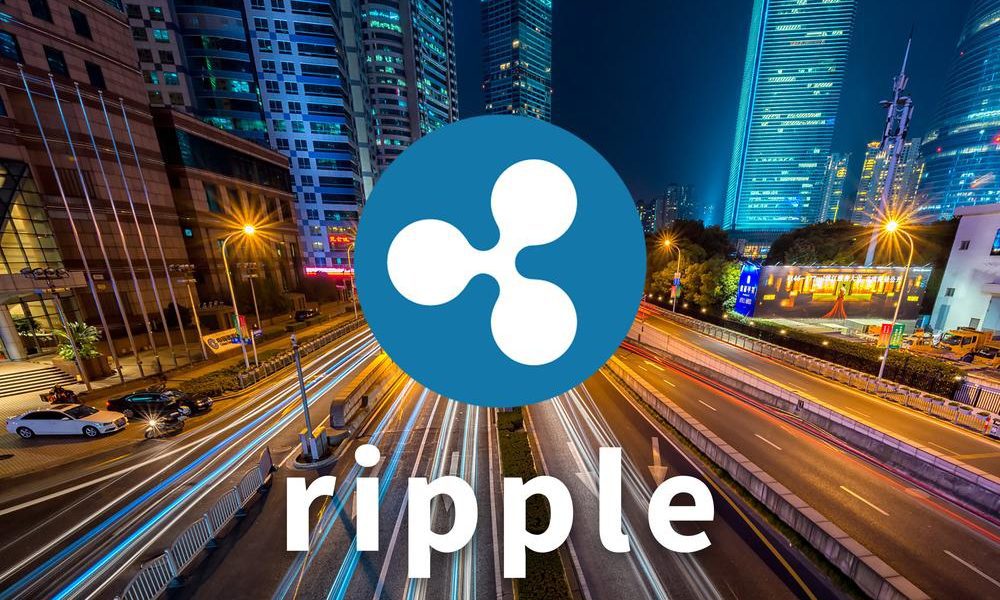- Ripple has announced an exclusive partnership with Xange to help UN registered securities exchange develop a carbon credit solution on the carbon-neutral XRP Ledger (XRPL).
- XRPL’s performance, scalability, and inherently green attributes were the reason for the partnership.
Ripple has announced an exclusive partnership with Xange to help UN registered securities exchange develop a carbon credit solution on the carbon-neutral XRP Ledger (XRPL). According to its official website, Xange is working closely with the United Nations Development System to create and manage the first securities exchanges focusing on Sustainable Development Goals (SDG) companies. Also, it focuses on companies that perfectly meet social responsibility criteria and act according to the UN’s SDG 2030 roadmap.
Xange is more focused on climate change and climate security. This means it also seeks to prevent illegal financial transactions by enabling more anti-carbon emission initiatives. This goes hand in hand to allow transparency to carbon accounting by doing away with double counting of carbon emission reduction or removal. XRPL on the other hand is one of the first major carbon-neutral blockchains that facilitates sustainable blockchain operation. This puts it in line with Xange’s anti-carbon emission campaign.
Xange.com chose to build on the XRP Ledger given its performance, scalability, and inherently green attributes. The XRP Ledger was built with sustainability in mind and is one of the first major carbon neutral blockchains. Due to its Federated Consensus algorithm, the XRPL is significantly more energy efficient compared to proof-of-work blockchains and ensures low-cost transactions.
XRPL sustainable attribute earned it the partnership
Concerning the guidelines implemented by the top industry working group including “InterWork Alliance (IWA), a Global Blockchain Business Council (GBBC) initiative, and the Taskforce on Scaling Voluntary Carbon Markets (TSVCM),” the carbon credit solution by Xange on the XRPL will later result to the issuance of tokenized carbon credits. Specifically, the foundation of Xange’s carbon credit solution in the XRPL will be IWA’s Token Taxanomy framework as well as InterWork framework. The IWA’s Token Taxanomy framework is used to define the token standard and the InterWork framework is used for the smart contract standard.
XRPL’s performance, scalability, and inherently green attributes were the reason for the partnership. The XRP Ledger was built with sustainability in mind and is one of the first major carbon-neutral blockchains.
Due to its Federated Consensus algorithm, the XRPL is significantly more energy efficient compared to proof-of-work blockchains and ensures low-cost transactions.
XRP Ledger’s sustainable attribute has attracted a number of partnerships. Earlier this year, Ripple announced a $250 million Creator Fund to support creators who explore new use cases for NFTs on the XRP Ledger. XRPL was promoted as the sustainable way to mint, buy and transfer billions of NFTs due to its sustainable attributes.
We believe the XRP Ledger is ideally suited to deliver a superior user experience for NFTs and tokenization more broadly. When combined with a robust suite of tools and resources, the innate performance advantages of the XRPL and its native digital asset XRP will enable developers a seamless experience for NFTs.


